Opinion
Raila Odinga: The Man Who Changed Kenya Without Ever Ruling It
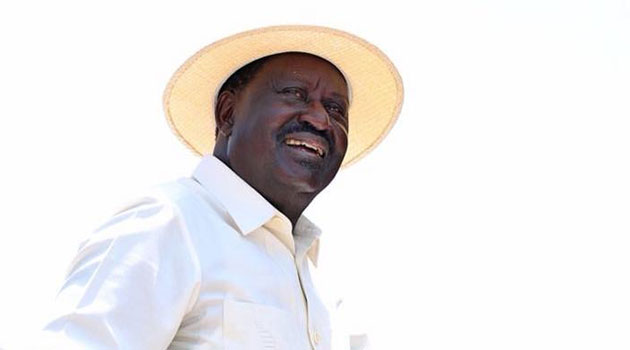
Raila Amolo Odinga, who has died at the age of 80, was something of a paradox in post-independence Kenyan politics.
A leader who repeatedly ran for president, he never won – in part due to the 2007 election being manipulated in favour of Mwai Kibaki. Despite this, Odinga will be remembered as a figure who profoundly shaped the country’s politics as much as any president.
The son of a famous anti-colonial leader, he was born into influence. Yet he became bitterly critical of Kenya’s enduring political and economic inequalities, speaking out on behalf of the county’s “have nots”, which earned him a place in the hearts of millions.
He was a fiercely nationalist politician who mobilised support across ethnic lines. But he was also the dominant leader of the Luo community – one of the country’s larger ethnic groups mainly based in Western Kenya – whose voters formed the core of his support.
Having self-identified as a revolutionary, Odinga later proved to be committed to institutional reform and democratisation. His greatest legacy is the 2010 constitution, which attempted to devolve power away from the “imperial presidency”, which he campaigned for over many years.
This was not the end of the contradictions. A leader who often spoke about economic development and deprivation, his agenda was typically more focused on political change. Odinga did so in part because he believed that rights and freedoms would anchor nation-building and development.
Perhaps most strikingly, although he scorned the elite power sharing deals that dominated Kenyan politics – he repeatedly made such agreements himself, often invoking the need for national stability.
Odinga embodied Kenya’s political contradictions, so the impact of his life and death will be debated. This article explores this contested legacy and what it means for Kenya’s future.
Early years
Born in western Kenya on 7 January 1945, Odinga – popularly known as Baba (father) – was the son of Jaramogi Oginga Odinga, the redoubtable community mobiliser who was a thorn in the side of the colonial state. Oginga famously insisted that he and other nationalists would make no deals with the British until Jomo Kenyatta was released.
When Kenyatta became prime minister in 1963, and later president in 1964, Oginga became Kenya’s first vice-president and minister of home affairs. However, he fell out with Kenyatta in 1966 over the government’s failure to overturn colonial inequalities. This meant that the Oginga family was excluded from the country’s powerful political elite. Oginga spent the following decades in and out of detention.
Raila Odinga spent his early years in Kenya before leaving in 1962 to study in East Germany. Returning in 1970, he became a university lecturer. Later, he joined the government standards agency – a job he lost abruptly in 1982 when he was linked to a failed coup against Daniel arap Moi. Charged with treason, he was detained until 1988, when he became active in the growing opposition to Moi’s rule. He was detained twice more during the turbulent years of protest that followed and fled briefly to Sweden.
Odinga returned before Kenya’s 1992 elections, the first multi-party polls since the 1960s, siding with his father when the opposition split. Aided by that division and state manipulation, Moi won, but Odinga’s role confirmed his status as a major political figure.
Blazing his own trail
When Oginga died in 1994, Odinga sought to take over his father’s party but, defeated, left to form his own. He ran for president in 1997, which Moi again won against a divided opposition.
When Moi did not seek re-election in 2002, it seemed Odinga’s moment had come. However, after briefly supporting Odinga as his successor Moi ultimately decided to back Uhuru Kenyatta, son of Jomo. In response, Odinga threw his weight behind Mwai Kibaki, a move which was critical to Kibaki’s victory in 2002.
Odinga’s support for Kibaki was conditional on major constitutional and political reforms. Yet where Odinga had expected widespread constitutional reforms to devolve power away from the executive, Kibaki offered limited changes. Refusing to simply prop up the administration, Odinga successfully campaigned against the government’s flawed draft constitution in the 2005 referendum.
Once again, Odinga seemed on the brink of power: he led a broad coalition into the 2007 elections on a promise of fundamental change. Early results put him ahead of Kibaki in the elections – but then Kibaki was declared the winner in a hasty process that raised widespread suspicions of malpractice and triggered Kenya’s greatest crisis, including ethnic clashes and state repression.
A power-sharing deal brought the violence to an end and made Odinga prime minister in a government of national unity. He focused his energy on political reform and constitutional changes, as well as other long standing concerns. In August 2010 a referendum approved a new constitution that devolved power to Kenya’s 47 counties. The constitution also reformed key institutions including the judiciary and electoral commission and expanded citizens’ rights.
A contested final act
The 2010 constitution remains Odinga’s signal achievement. Certainly, it created the potential for the country to forge a new and more democratic future.
Yet in its aftermath he struggled to find an equally compelling narrative. Constitutional reform had been a long-standing demand that allowed him to mobilise opposition around the promise of a new Kenya. Without this single over-arching “cause”, Odinga’s ability to sustain mass mobilisation became more fragile.
Furthermore, the progressive constitution did not prevent the continuation of older political logics. It proved no barrier against the rise to the presidency of Uhuru Kenyatta and his then deputy, William Ruto, who had faced charges of crimes against humanity at the International Criminal Court.
Odinga faced increasingly difficult choices, particularly after repeated presidential defeats in 2013, 2017 and 2022 amid allegations of electoral manipulation.
These losses convinced some that he would never win the presidency – and not only because of the use of state power to deny him. That recognition, coupled with advancing age and ill health, led Odinga to make compromises once unthinkable, revealing an increasingly pragmatic reasoning in his later years. This was starkly illustrated after the 2017 elections, when – having claimed he was rigged out and led mass protests – Odinga struck the “handshake” deal with Kenyatta in March 2018. This was framed as nation-building but viewed by some as a betrayal.
The handshake led Odinga to stand as Kenyatta’s preferred candidate in the 2022 elections. This backing proved doubly damaging, however. On the one hand, it undermined Odinga’s opposition credentials and lowered turnout in his Nyanza strongholds. On the other, it meant that his loss could not be blamed on a “deep state” conspiring against him.
The difficulties that followed were magnified when, after suggesting the 2022 results had been manipulated by those around Ruto, Odinga agreed to prop up Ruto’s struggling government in March 2025. The formation of what was billed as a “broad-based” administration was presented as nation-building, but critics saw it differently. Coming after mass youth-led protests – first against tax increases and later against corruption, state repression, and Ruto’s leadership – Odinga appeared to some to side with power against the people he once represented.
Not flawless, but consequential
These turns complicate how history, and Kenyans, will remember him – not as a flawless icon, but as a deeply consequential and sometimes contradictory figure. Yet those with longer memories will also understand what led Odinga there.
Imprisoned and tortured under Moi, sold out by Kibaki, and denied victory in 2007, Odinga endured more than a lifetime’s share of misfortune and betrayal. He made his own choices, but rarely under conditions of his own making, and arguably did more than any other Kenyan to make the country’s political system more responsive to its people.
His absence will generate a political vacuum that other leaders will struggle to fill. Ruto was banking on Odinga’s support to win the 2027 elections. He will now have to work harder to put together a winning coalition. Meanwhile those leaders who coalesced around Odinga – including those who depended on him for their positions – will need to decide how they can most effectively mobilise in his absence.
As they do so, Kenya’s leaders will all be operating in his shadow, and in a context in which the country’s marginalised people and communities will feel even less represented by those in power.
Written by Justin Willis
Professor of History, Durham University
Gabrielle Lynch
Professor of Comparative Politics, University of Warwick
Karuti Kanyinga
Research Professor, Institute for Development Studies (IDS), University of Nairobi
Nic Cheeseman
Professor of Democracy, University of Birmingham
Kenya Insights allows guest blogging, if you want to be published on Kenya’s most authoritative and accurate blog, have an expose, news TIPS, story angles, human interest stories, drop us an email on [email protected] or via Telegram
-
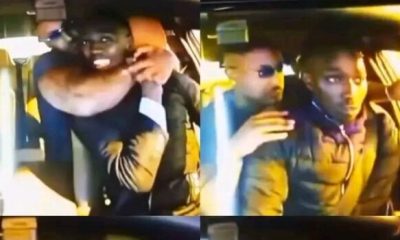
 News2 weeks ago
News2 weeks agoKenyan Driver Hospitalized After Dubai Assault for Rejecting Gay Advances, Passport Seized as Authorities Remain Silent
-
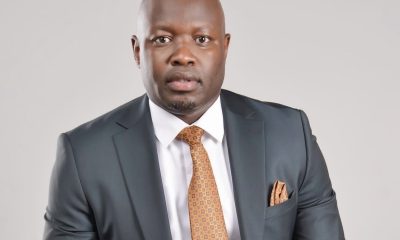
 Investigations1 week ago
Investigations1 week agoMoney Bior, Lawyer Stephen Ndeda Among 18 Accused Of Running An International Fraud Ring Involved With Scamming American Investor Sh500 Million
-

 Investigations6 days ago
Investigations6 days agoNestlé Accused of Risking Babies’ Health in Africa with ‘Toxic’ Cerelac Product Sold Highest in Kenya
-
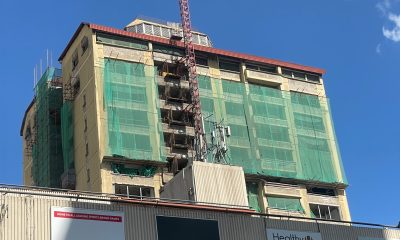
 Business2 weeks ago
Business2 weeks agoConstruction Of Stalled Yaya Center Block Resumes After More Than 3 Decades and The Concrete Story Behind It
-
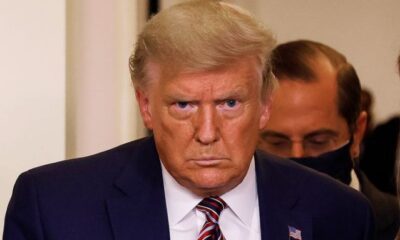
 Investigations2 weeks ago
Investigations2 weeks agoHow Somali Money From Minnesota Fraud Ended In Funding Nairobi Real Estate Boom, Al Shabaab Attracting Trump’s Wrath
-
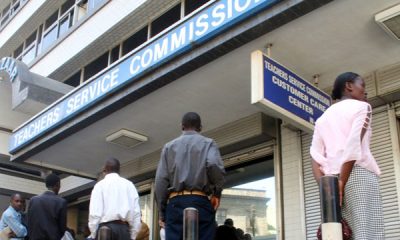
 News1 week ago
News1 week agoTSC Announces Major Policy Shift To End Transfer Of Promoted Teachers
-

 News5 days ago
News5 days ago48-Year-Old Woman Who Pushed 25-Year-Old Boyfriend To Death From 14th Floor Kilimani Apartment Arrested
-
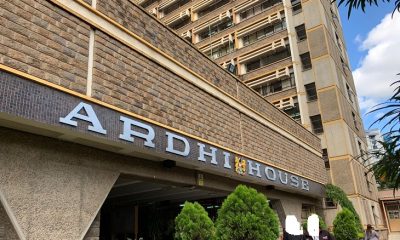
 Investigations2 days ago
Investigations2 days agoHow Land Grabbing Cartels Have Captured Ardhi House














